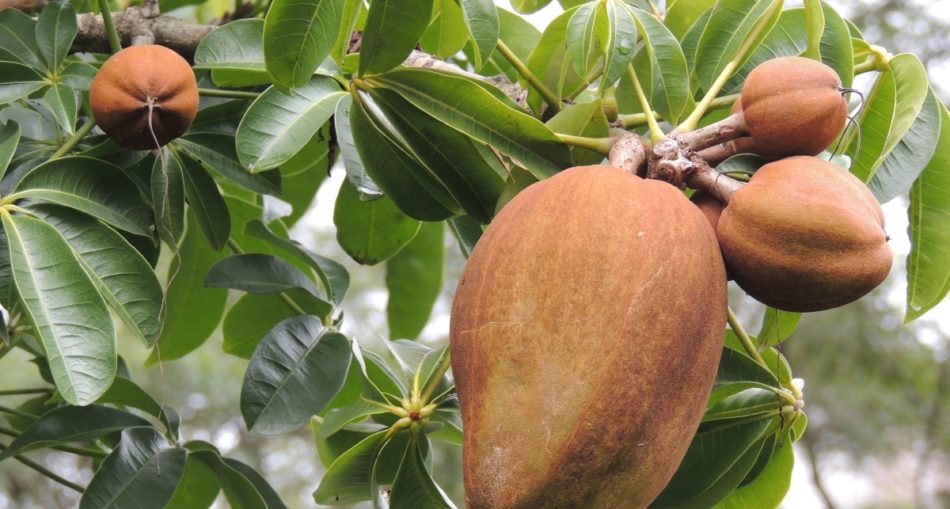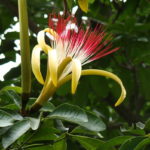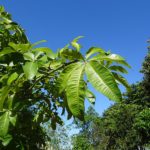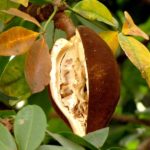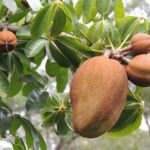The Guiana Chestnut is an adapting plant noted for its exquisite braided characteristics. In its natural habitat, the Guiana Chestnut grows to immense heights but can also be grown as tiny, decorative houseplants. Pachira aquatica or the money tree is believed to create positive energy or chi in the home and is a popular gift in China and Taiwan. While the scientific name of the Guiana Chestnut is Pachira aquatica, it is known by several common names including malabar chestnut, French peanut, provision tree, saba nut, monguba, pumpo, and money plant. Also locally known as the money tree, the plant has an interesting origin story. Read on to find out what really is Guyana’s Money Tree and the story behind it.
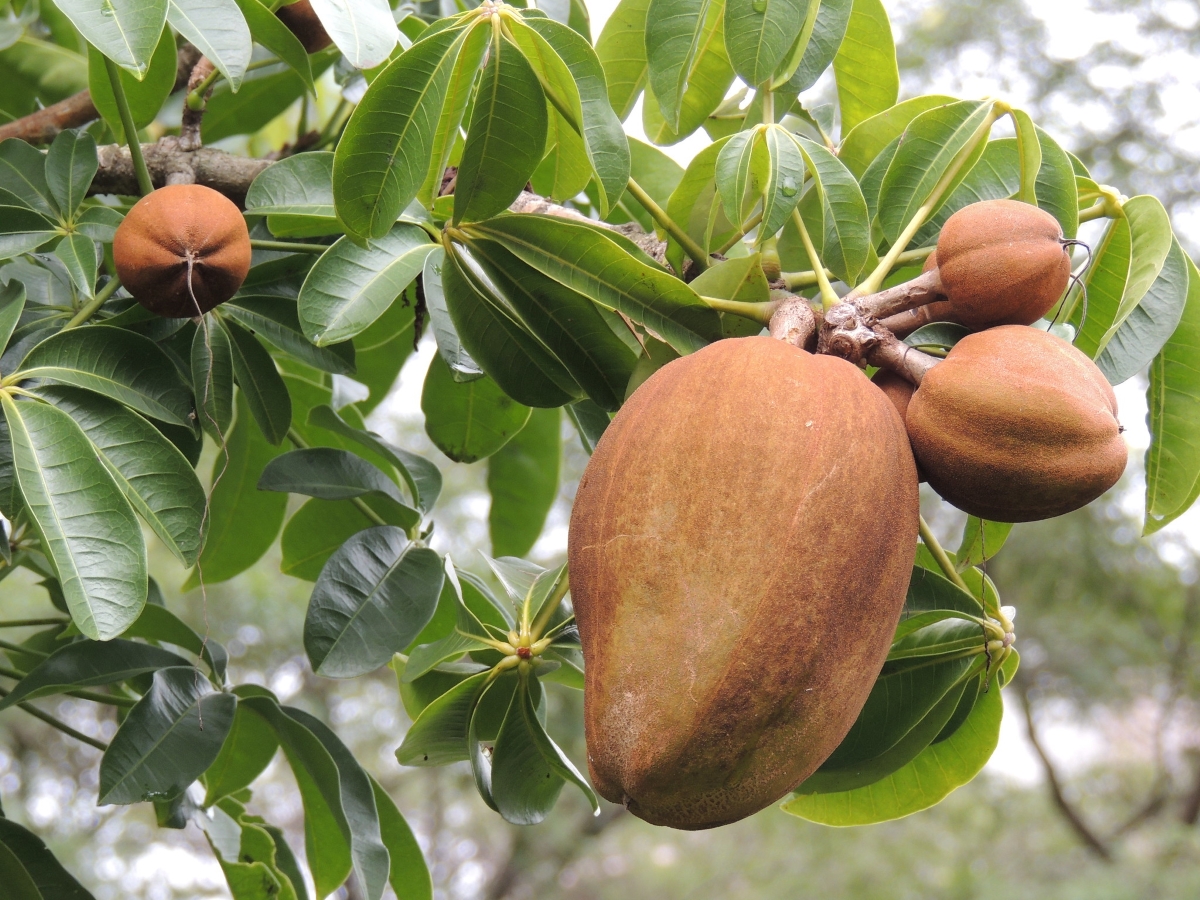
The Guiana Chestnut: Photo by: Mauro Halpern (https://www.flickr.com/photos/mauroguanandi/8575192816)
Origin of The Guiana Chestnut
The Guiana Chestnut is native to parts of Central America and South America like Guyana, and Brazil but has been introduced in a number of countries in Asia and North America. The plant thrives in riverbanks, in swamps and in damp mountain forests.
The name of the genus, Pachira is derived from an old Indo-Guyanese language meaning‘sweet water nut’ while species name aquatica is of Latin origin meaning aquatic. The Guiana Chestnut has a very interesting story of origin. In this tale, a very poor man prayed for money then he happened across a peculiar plant. The man took the plant home, seeing it as an omen and began growing plants from its seed, from which he made money.
Scientific Classification of The Guiana Chestnut
- Kingdom: Plantae
- Clade: Tracheophytes
- Clade: Angiosperms
- Clade: Eudicots
- Clade: Rosids
- Order: Malvales
- Family: Malvaceae
- Genus: Pachira
- Species: P. aquatica
Description of The Guiana Chestnut
The Guiana Chestnut is a tropical wetland tree, which tends to grow in swamps. The plant can grow to whopping heights of eighteen (18) m or sixty (60) ft with a broad crown in the wild. As an indoor plant, it can be grown miniature or small, but sizes can also be medium or large. Leaves are palmate, glossy green in colour with typically five to nine (5-9) lanceolate leaflets with a light middle veins. These are about twenty-eight (28) cm in length and are either rounded or pointed. The tree bark is relatively smooth, with tiny cracks ranging from brown to grey while the young branches are green. This particular species has a thick root with smaller roots which act as water reservoirs. Guiana Chestnuts have striking flowers which among the largest in the world, with long petals, resembling banana peels. Petals are about thirty (30) long. Their stamens are hairlike, yellowish-orange with a greenish calyx. Fruits or capsules are woody, brown, egg-shaped and around twenty to thirty (20-30) sm in length. Each having a diameter of ten to fifteen (10-15) cm, contain (10-25) nuts and weighs up to one (1) kg. Leaves and flowers are edible.
- Flower of The Guiana Chestnut – Photo by: Mauro Halpern https://www.flickr.com/photos/mauroguanandi/3306998330
- Leaves of the Guiana Chestnut – Photo by Mauro Halpern (https://www.flickr.com/photos/mauroguanandi/48031100053)
- Fruit of the Guiana Chestnut Tree -Photo by: Mauricio Mercadante (https://www.flickr.com/photos/mercadanteweb/4491393423/)
- The Guiana Chestnut: Photo by: Mauro Halpern (https://www.flickr.com/photos/mauroguanandi/8575192816)
Uses of The Guiana Chestnut
- In Chinese feng shui tradition, the money tree is believed to capture good fortune and happiness in the leaves and store them in its braided stem. It serves as a traditional housewarming present.
- Pachira aquatica is also very popular in China because it is typically five leafed. The number five (5) represents the five (5) wood, fire, earth, metal and water and is a significant number in Chinese culture. In addition to this, five of the plants are placed in one red pot or five trunks are woven together to amplify the effect.
- The Pachira aquatica or money tree also plays an important part of Taiwan’s agricultural export economy.
- The Guiana Chestnut is a great decorative plant in Asia and around the world, particularly for the good energy or chi, it generates.
About The Guiana Chestnut
While the Guiana Chestnut plants in the wild are humongous, those grown indoors for decoration may reach between six to eight feet indoors, still quite large. The plant is famed for its unique look and its shiny, leaves representing the five (5) elements of the world. From a local tale to becoming as a significant part in South Asia’s culture the Guiana Chestnut or Pachira aquatica is truly a remarkable, decorative piece of flora.
Article References
- https://en.wikipedia.org/wiki/Pachira_aquatica
- thespruce.com/growing-guiana-chestnut-indoors-4773440
- https://www.thejoyofplants.co.uk/pachira
- https://www.cabi.org/isc/datasheet/39234

